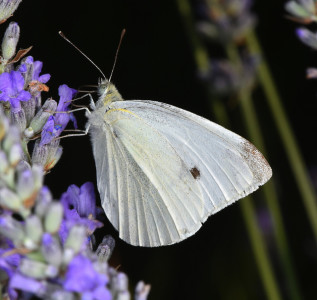
Almost everyone is familiar with the migration of the monarch butterfly. Each year, they fly thousands of miles to reach warmer climates in the south and avoid the coldest part of the winter frost. Not many butterflies undertake a journey of this magnitude. In fact, only a few species migrate. Why? Migrating butterflies are not like migrating birds. For them, the duration of the migration takes up a large portion of their lives; it may even take up the entirely of their lives.
The annual migration of the monarch butterfly takes four generations to complete. The first, second, and third generations complete the northern trip while the fourth generation, known as the “super generation”, makes the entire trip south to Mexico on their own — flying 10 times farther than their mothers, grandmothers, and great-grandmothers. They also live about 8 times longer (Generation one, two, and three butterfly live for 4-6 weeks. Generation four lives for 6-8 months). Once they reach Mexico, the monarchs hibernate for 4-5 months before they wake, mate, and lay their eggs.
A few other species — such as the Buckeye, Painted Lady, and Little Yellow — spend the winter along the Gulf Coast or in the desert southwest. These butterflies don’t have an organized southward migration; they simply die off in northern areas as temperatures begin to drop and will return in when the area becomes more hospitable in the spring. Like the monarchs, it may take several generations for them to reach the most northern parts of their range
Many butterflies, however, hibernate in colder climates. In areas where the temperatures drop below freezing, at least one stage of the butterfly’s life cycle produces a natural antifreeze that protects them from freezing. Similar to the antifreeze used in car engines, the natural antifreezes prevent ice crystals from forming which would be fatal to eggs, caterpillars, chrysalises and adult butterflies alike.
Few species spend the winter as eggs or adults. Most spend the winter as caterpillars or as chrysalises. When temperatures warm in the spring, the butterflies become active again and complete their life cycle.
This Spring look for Cabbage Whites (left) and Mourning Cloaks (right) fluttering across grassy areas throughout the Washington, D.C. area.




Oh! There is many things to know about these beautiful butterflies. Its interesting. Thanks for sharing these informative blog 🙂
Saw a Mourning Cloak 2/2/2020. Clendenin, West Virginia. Along a clear cut where power lines pass thru the forest.